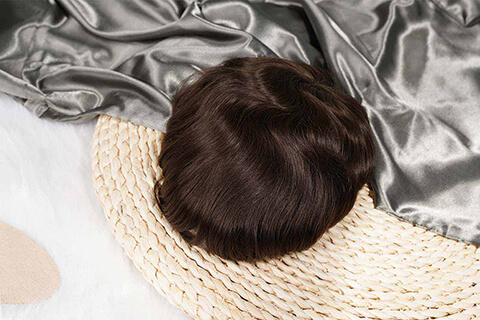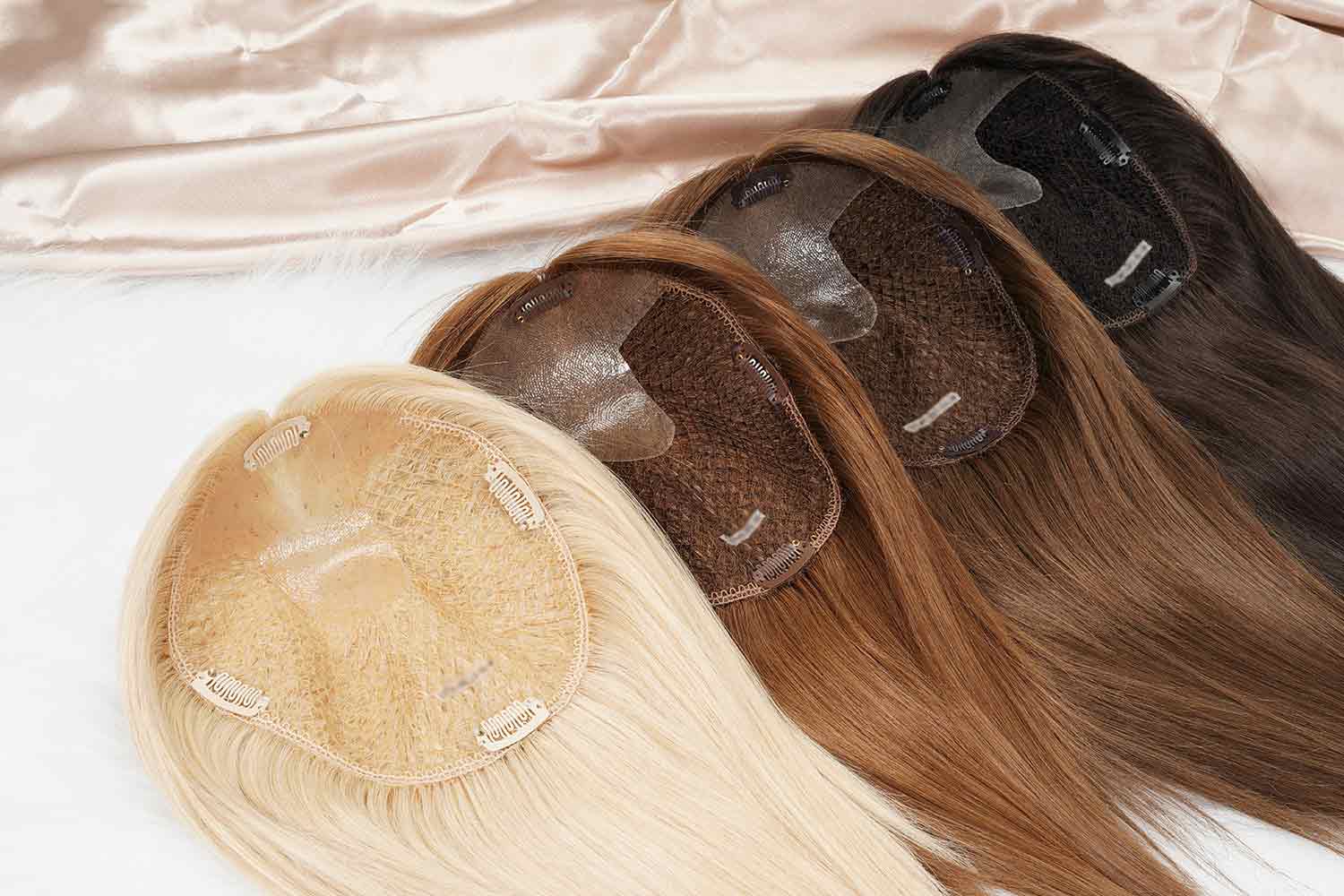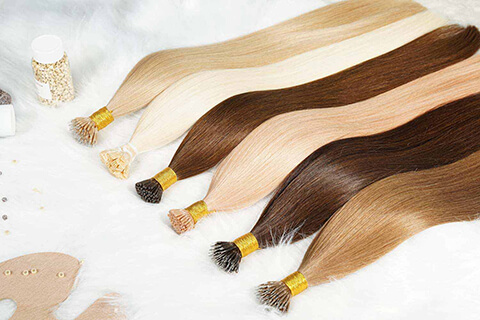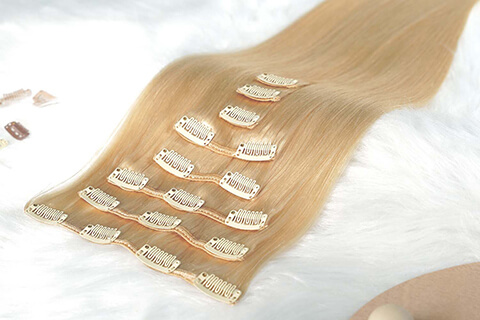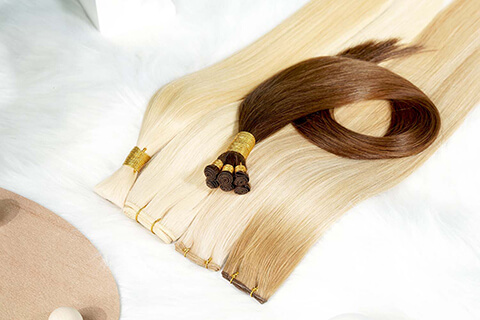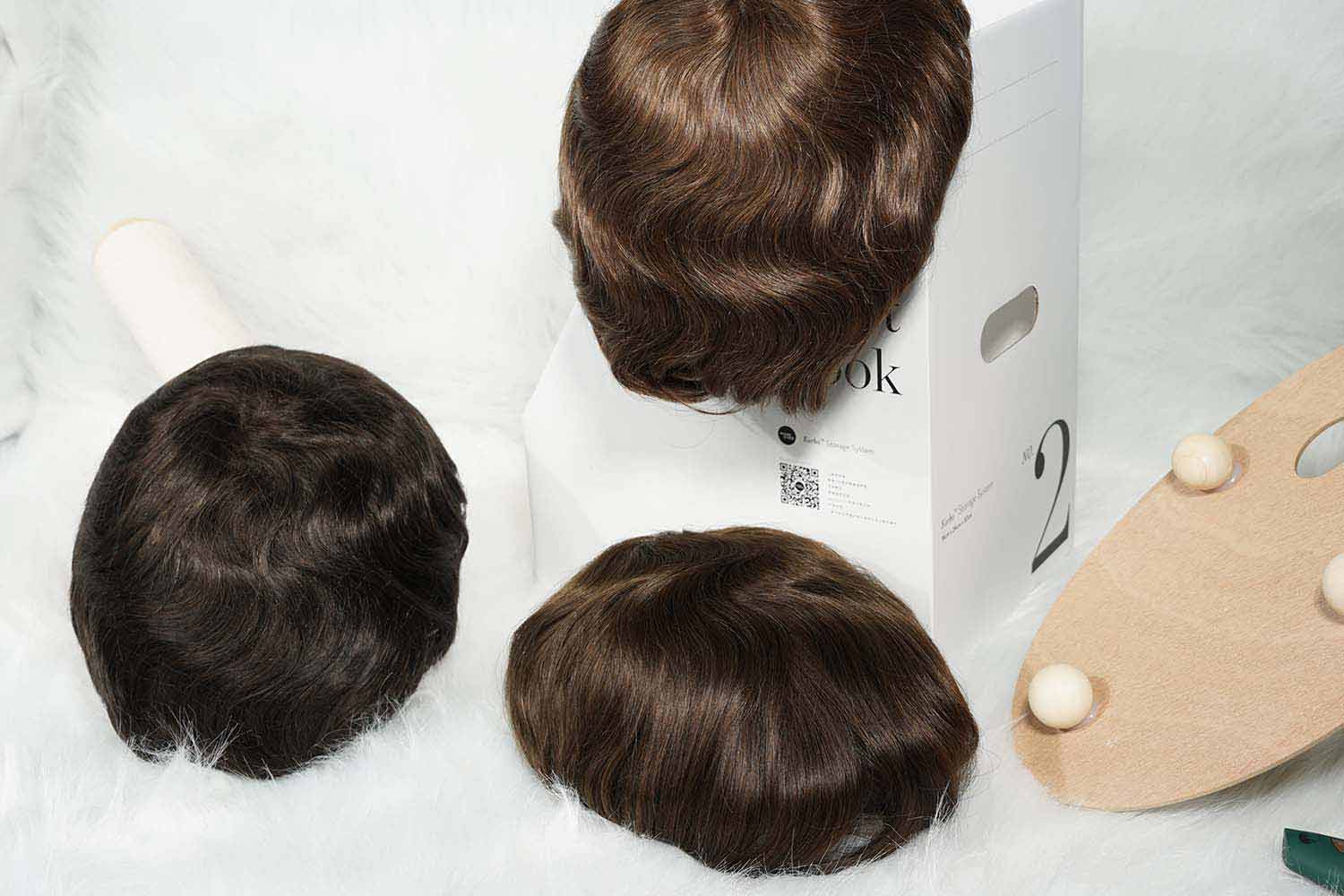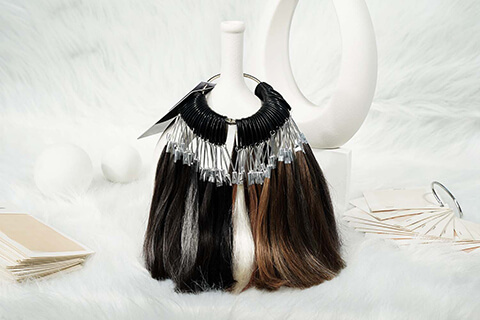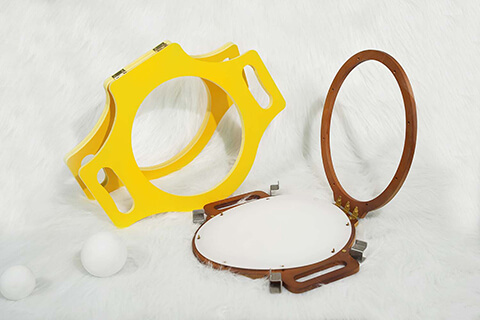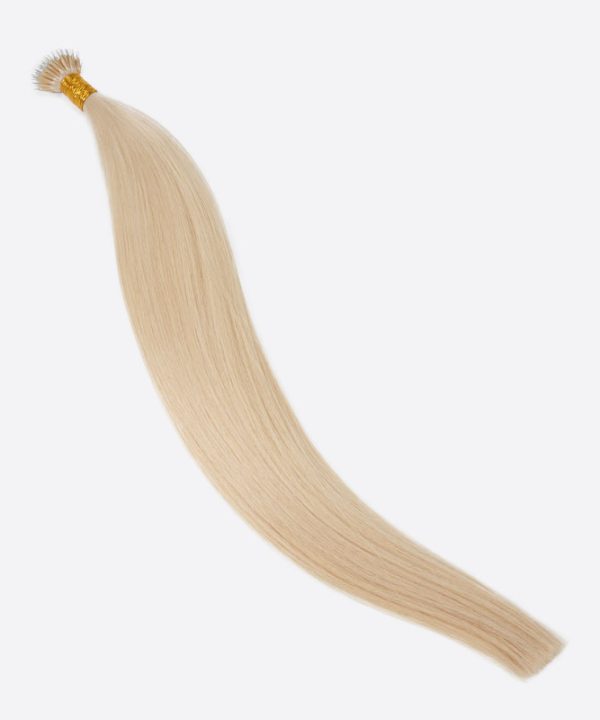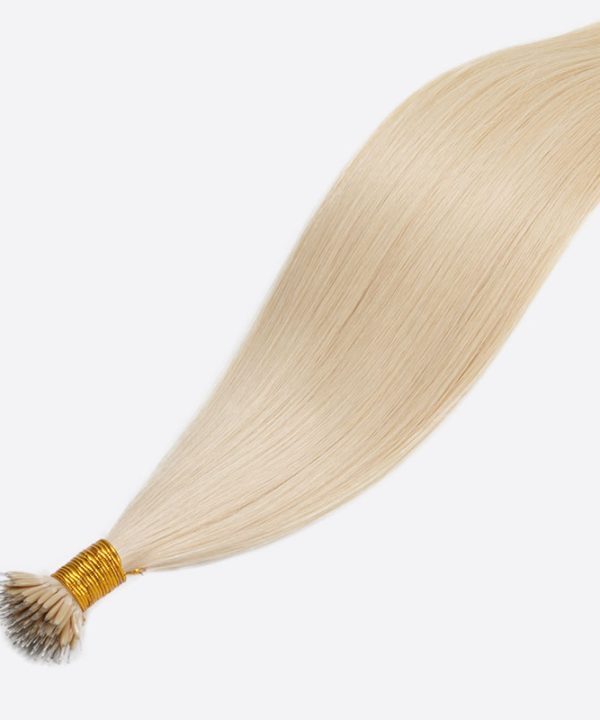No products in the cart.
GET IN TOUCH
If you want to know anything about our hair systems, simply send us a message by clicking the button below.
Frequently Asked Questions
1. What Are Nano Ring Hair Extensions?
Nano ring hair extensions use small, discrete rings to attach extensions to the natural hair. Using a small and lightweight bead, the micro ring is clamped to give hair extensions to hold onto hair. These rings are made of a small metal loop with a silicone lining so it can prevent any damage to hair. The nano rings are typically less visible, and the extensions can be worn for several months before needing to be replaced or reapplied.
2. What Are Micro Ring Hair Extensions?
Micro ring hair extensions are the type of hair extensions also applied by clamping the bead on natural hair to provide hold on natural hair. However, the rings used in micro ring extensions are slightly larger than the rings in nano ring extensions but are still very discrete. Like nano ring extensions, micro ring extensions are also designed to be worn for several months before needing to be replaced or reapplied. Micro ring extensions are an equally popular choice, like nano ring extensions for natural and long-lasting hair.
3. The Differences Between Nano Ring And Micro Ring Hair Extensions
Now, let's move on to the four differences between nano ring and micro ring hair extensions to better understand.
Size:
As micro and nano ring extensions involve rings in their application, and their size is a major difference. Although both extension rings are tiny and discrete, the rings in micro ring extensions are smaller than nano ring extensions. It makes nano ring extensions an ideal choice for women with very fine or thin hair as they will be less visible. Hence, micro ring extensions are best for thick hair.
The size of the ring is an important factor to consider, as this allows women to decide what's best for them.
Weight:
Yes, the second difference is about weight. It's not about the weight of hair or the quality or type of hair used in extensions that could make it heavier or lighter.
It's about the size of the ring that contributes to the weight of the extensions.
Because the ring used in nano ring extensions is smaller, the overall weight tends to be lighter than micro ring extensions. This also indicates that the nano ring extensions are more comfortable to wear for longer periods.
Application:
Although both extensions are applied by using beads to give extensions and hold to natural hair, but application method for nano ring extensions is slightly different from micro ring extensions.
Nano ring extensions require a special tool to clamp the extensions onto the hair. On the other hand, micro ring extensions can also be applied by using just your fingers.
Price:
Despite the factors that can affect the price of extensions, i.e., hair type and quality material, nano ring extensions are more expensive than micro ring extensions. And the reasons for this are the smaller size of the rings and the specialized tools required for application.
4. How To Install Nano Ring Extensions And Micro Ring Hair Extensions?
The installation process of nano ring and micro ring extensions is similar but has some key differences. We'll go through the whole process while highlighting the differences.
Step 1 - Preparation
Before application, nano and micro ring extensions must be co-washed to remove any dirt and debris that may have been left in extensions during the manufacturing process.
Also, the natural hair should be thoroughly washed and dried. After that, stylists or you apply the protective coating to save hair from damage.
Step 2 - Thread the ring
For nano ring extensions, you need to thread the small, silicone-lined nano ring onto a section of hair near the scalp.
For micro ring extensions, a slightly larger ring is used,
Step 3 - Attach the extensions
Then attach a small section of hair extensions through the ring and by pulling it up towards the scalp along with the hair.
Step 4 - Clamp the ring
After attaching the extensions, it's time to secure the extensions in their place. For nano ring extensions, a specific tool, pliers, is used to clamp the ring shut. For micro ring extensions, you can also apply them with your fingers.
Step 5 - Repeat
Continue to work your way around the head, attaching extensions to small sections of natural hair.
Step 6 - Blend
Once all of the extensions are installed, the stylist will blend the extension hair with the natural hair, using scissors or a razor to create a seamless, natural-looking finish look.
We recommend that you get your extension installed by a trained professional to ensure the extensions are applied safely and correctly and to minimize the risk of damage to the natural hair.
5. How Many Nano Ring And Micro Ring Hair Extensions For A Full Head?
The number of nano ring or micro ring hair extensions required for a full head installation depends on several factors:
- The thickness of the natural hair and hair type
- The desired length and volume of the extensions
- The personal preference (desired look)
As a general guideline, for a full head installation, you need 100 to 150 extensions for both nano and micro ring extensions. However, this number may vary because of the factors described above.
Moreover, women with fine or thin hair require less number of extensions than women with thick, coarse hair to keep the extensions seamlessly blending with natural hair. However, we recommend letting a stylist determine how many extensions you will need for a full head installation.









